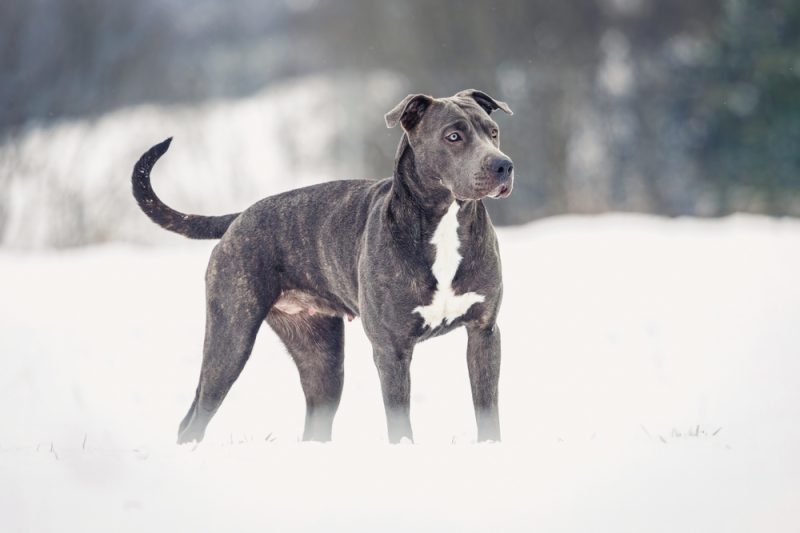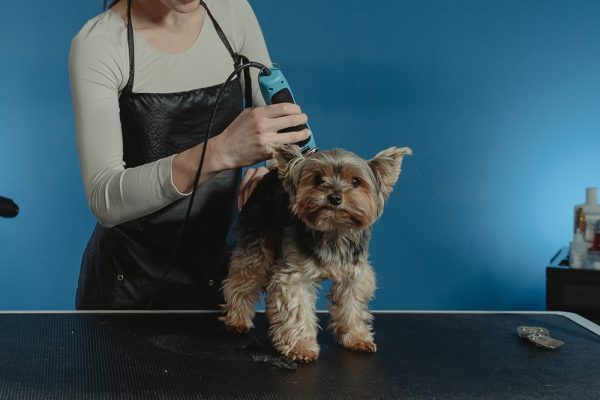Dogs are wonderful companions, adding unconditional love, loyalty, and joy to our lives. That said, even the most devoted owners can’t deny that their pets can get a bit annoying from time to time and engage in behaviors that they wouldn’t want to tell wannabe dog owners.
While these annoying behaviors can be frustrating, it’s important to remember that dogs have reasons for acting like that! Most often they are trying to communicate something, or their needs are not being met. Keep reading for a list of several undesirable behaviors that can be annoying, the possible reasons behind them, and tips to find solutions.

The 10 Annoying Things Dogs Do
1. Barking Incessantly
The first thing that can shock you when you get a dog is that they can bark—loudly and frequently! Small dogs are famous for barking throughout the day, and a large dog barking can be terrifying. Either will likely bother the neighbors, so it can be a great source of stress for first-time pet owners. Dogs can bark for various reasons including boredom, anxiety, fear, and to seek attention or alert you to perceived threats.
If possible, try to determine what is causing your dog to bark. If your dog is barking out of boredom, increase their exercise, play with them more, and provide mental stimulation with tools like puzzle feeders. If anxiety or fear seem to be behind the barking, it’s usually best to work alongside a trainer or behaviorist using desensitization and counterconditioning. Teaching your dog the “Quiet” command and not inadvertently rewarding attention-seeking barking can help too.
2. Chewing Destructively
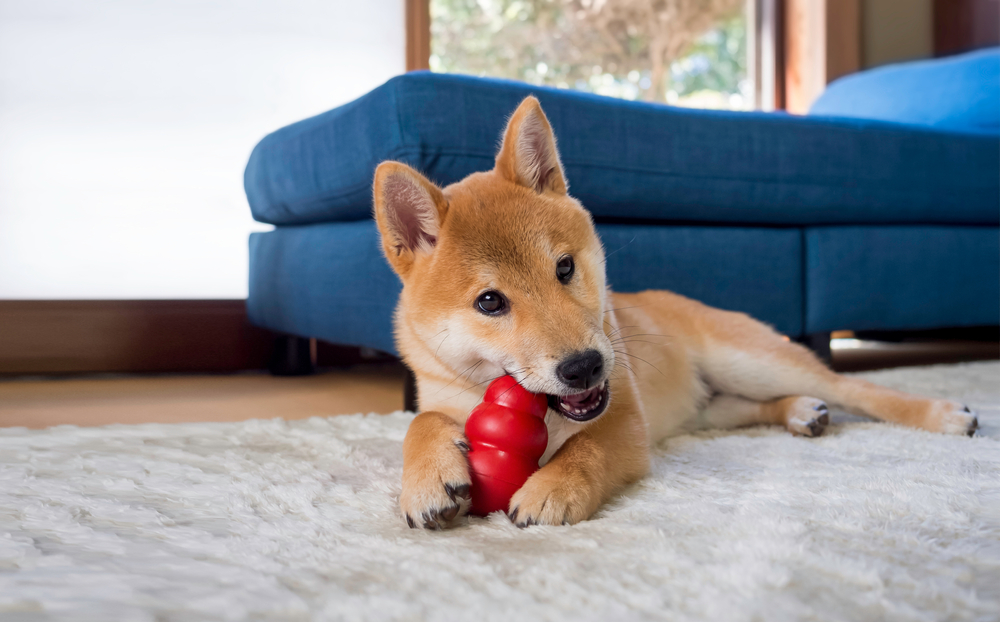
A big problem for pet owners is when their dog starts destructively chewing. They can target your clothes and other belongings and might start to chew at the carpet, furniture, and even the walls. Chewing is a natural behavior for dogs, especially puppies when they are teething. When the chewing becomes destructive, it can signal lack of appropriate outlets for this behavior and boredom or anxiety.
Getting appropriate chew toys for your dog can curb their destructive chewing behavior. Remember to keep rotating them out with other toys so your pet doesn’t get bored. It’s also a good idea to puppy-proof your house and keep your valuables out of reach.
3. Jumping Up
We’ve all been to a friend’s house where their dog keeps jumping up on you no matter what you do. It’s bad enough when it’s a small dog, but it can be a real bother when it’s a large dog digging their huge claws into your arm, even if it’s just because they are happy to see you.
Teach your dog an alternative behavior, such as “sit,” and try to ignore the jumping. Any reaction you give to the jumping up is a reward for your pet, which will convince them to continue with the behavior. Getting attention and treats only when they keep all four paws on the floor will help persuade them to keep them there. Consistent training will also help.
4. Begging at the Table

Your dog begging at the table can be annoying to visitors to your home, but it can also be hard for you to resist. Dogs usually beg because they have been rewarded for this behavior in the past, and it can be a hard habit to break. However, feeding table food to your pet can lead to obesity, and human food also contains many ingredients that can be harmful to your dog.
Feed your dog before you sit down to eat. They will be less likely to bother you if they are already full. Training your dog to stay in a separate designated area while you are eating can help, and never give in and let them have any food, or they will come back.
5. Pulling on the Leash
When you are out for a walk, having a dog constantly pulling on the leash can be incredibly annoying. It can also cause injuries to your back, which can make it difficult to help your pet get the exercise that they need and bring down your quality of life. Dogs usually pull on the leash because they are excited about their walk and don’t realize that pulling is not speeding up the walk!
Using a harness instead of just a leash can help give you more control over your dog as you walk. Loose leash training takes time and patience. Reward your dog for walking by your side, stop walking when the dog pulls, and only continue when there is slack in the leash. Consistency with this rule can be effective and can help make your walks more enjoyable.
6. Not Coming When Called
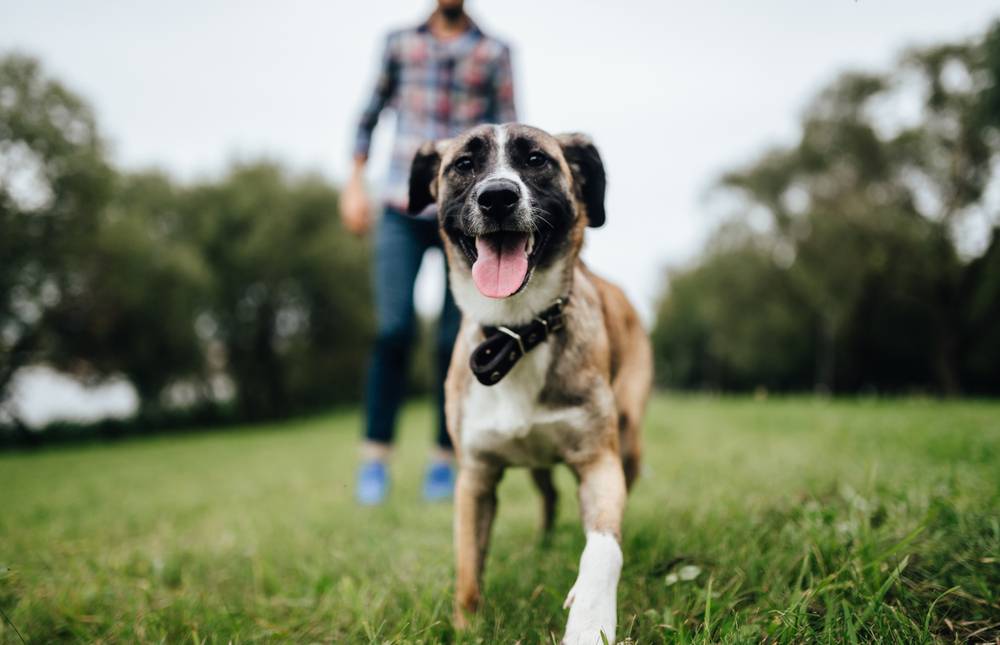
Not coming when called is frustrating and annoying when you need to go somewhere, and it can be dangerous to your dog’s safety, especially in a crowded environment. Dogs may not have good recall due to a lack of training or motivation or occasionally negative associations with the recall command.
Recall training needs to be positive and consistent. It should start in a controlled environment with a lack of distractions and then gradually build up to areas where your dog will find it more difficult. You can use high-value treats or favorite toys when your dog comes to you. Getting mad or punishing the dog when they don’t behave will only make matters worse.
7. Digging Up the Garden
When your dog digs in the yard and especially in your garden to bury one of their bones or toys, it’s frustrating. It can also make your yard look bad, and the holes can become hazards.
Create a sandbox or a specific area where your dog is allowed to dig. Bury toys or treats there to encourage them to dig in that spot instead of in other areas of your yard, as digging is a natural behavior for many dogs. You can also try increasing activity to help them burn off any excess energy that might be causing the digging urge.
8. Exhibiting Separation Anxiety
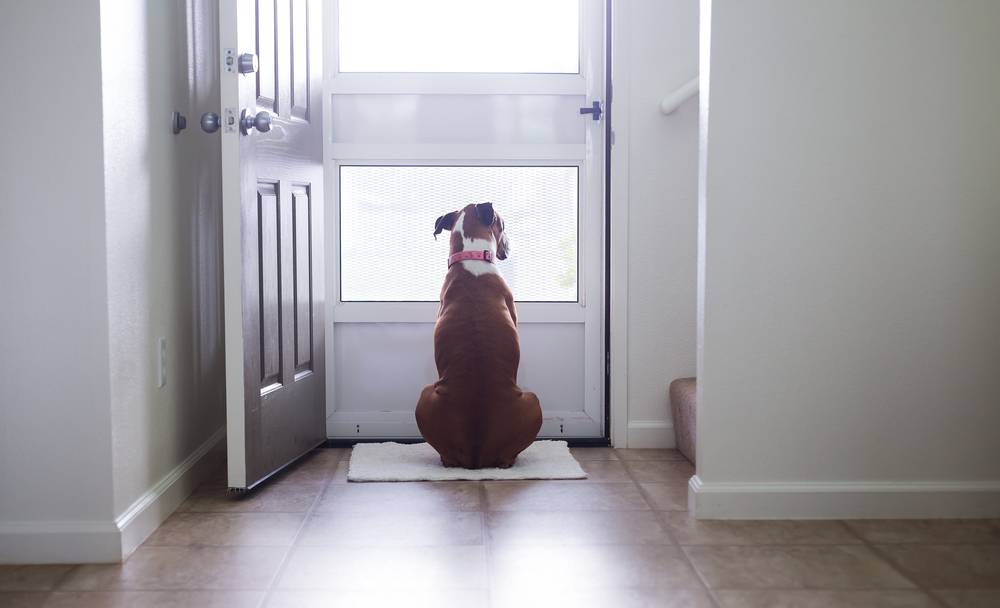
Dogs are social animals and while it’s sweet to know that our pets miss us when we are gone, some dogs develop anxiety when left alone. This can result in destructive and annoying behaviors like chewing, digging, and barking.
Slowly acclimate your dog to being alone by starting with short departures and increasing the time spent away as they get more comfortable. Ensure that your pet has a comfortable and safe space to retreat to while you’re gone if they feel anxious, and consider using calming aids like pheromone diffusers. Consulting your veterinarian or a behaviorist may be necessary in more severe cases.
9. Being Aggressive
A dog that behaves aggressively is not only annoying but can also be dangerous. Some of the reasons dogs behave aggressively include a lack of socialization, negative past experiences, fear, territoriality, or pain.
To stop this behavior, it’s essential to understand the root cause. Consult your vet to rule out any medical issues, and it’s usually best to seek the help of a professional trainer or animal behaviorist. Positive reinforcement, desensitization to triggers, and counterconditioning can all reduce aggression. Patience and consistency are vital, and any form of punishment can worsen aggression.
10. Having Housetraining Mishaps
Even the best-behaved dogs may suffer from a few housetraining mishaps throughout their lifetimes, but it can be annoying when it happens and can even damage the rug and give your home a bad odor, which is especially bad if you are a renter.
Always ensure that your pet has frequent bathroom breaks to minimize the risk of accidents. Provide plenty of positive reinforcement in the form of treats when they do their business outside, and if they have an accident, clean it up quickly with an enzymatic cleaner to help destroy it at a molecular level so it doesn’t leave behind any odor that might tell your pet to use that spot again. If your previously house-trained dog suddenly starts having accidents, get them checked out by your vet to rule out any medical issues.
If you're looking for an all-in-one, pet-friendly, enzyme cleaner, we highly recommend the Hepper Advanced Bio-Enzyme Pet Stain & Odor Eliminator Spray.
- ADVANCED ENZYMATIC CLEANER - Penetrates the most stubborn smells and stains at the deepest molecular...
- FOR ANY MESS, ON ANY SURFACE - This pet odor eliminator cleans your carpets, floors, furniture,...
- FRESH, NATURAL ODOR - Our unique formulation doesn't rely on dangerous or unpleasant chemical...
It eliminates tough stains and odors easily and is excellent for accident prevention. Plus, it comes with a 100% satisfaction guarantee! Click here to order now.
At Dogster, we’ve admired Hepper for many years, and decided to take a controlling ownership interest so that we could benefit from the outstanding products of this cool pet company!

Summary
Dogs can be annoying in many different ways, but in most cases, you can curb their more frustrating behaviors by making sure you are meeting all their needs with consistent training and plenty of patience. Reward good behavior and don’t respond when they are misbehaving (unless they’re in danger).
Remember, most annoying behaviors are a form of communication, so by working out what your pup is trying to tell you, you can find solutions and create a better bond with your canine companion. For any sudden behavioral changes, it’s always a good idea to get a vet checkup to rule out any medical issues, and contacting a professional trainer or animal behaviorist can be helpful to get advice specific to your pet.
Featured Image Credit: Julia Zavalishina, Shutterstock



